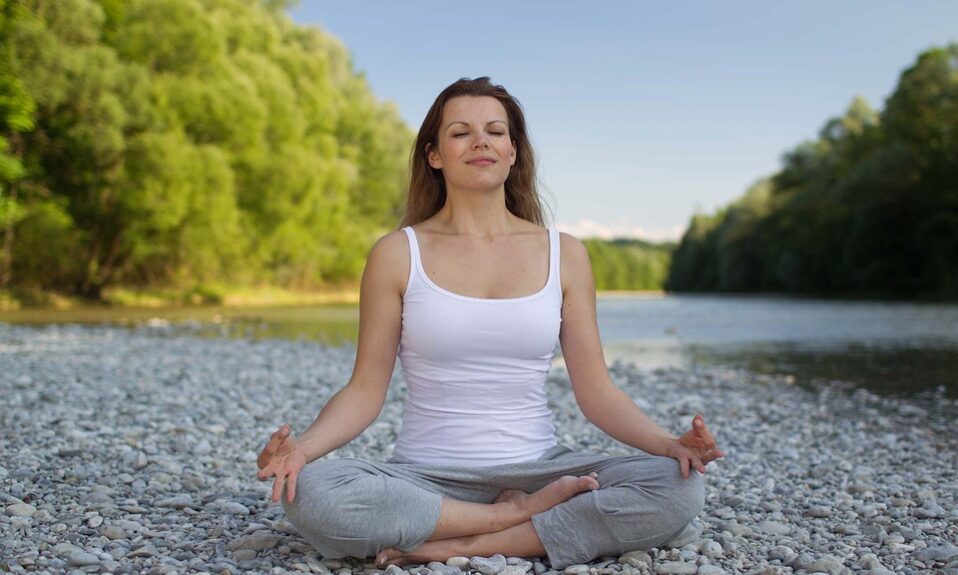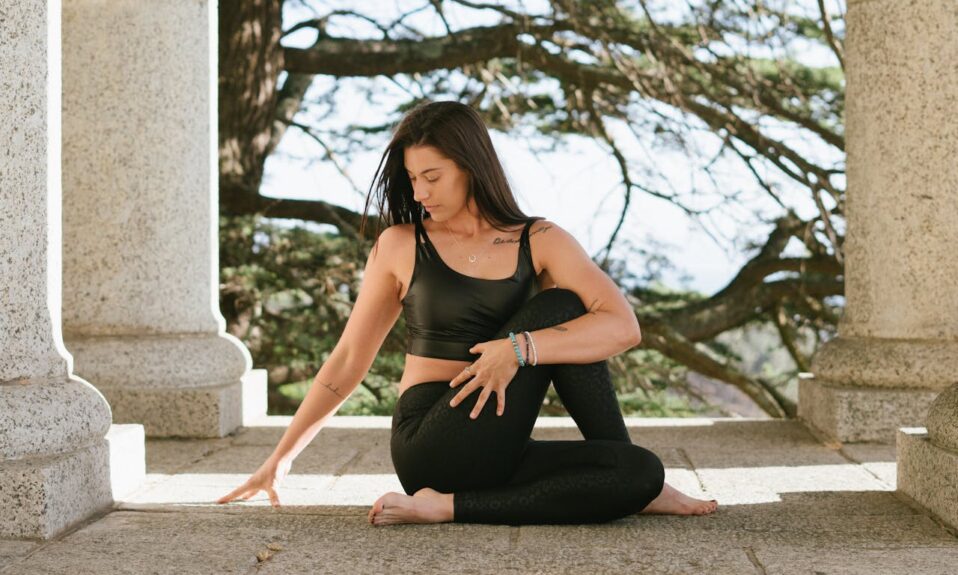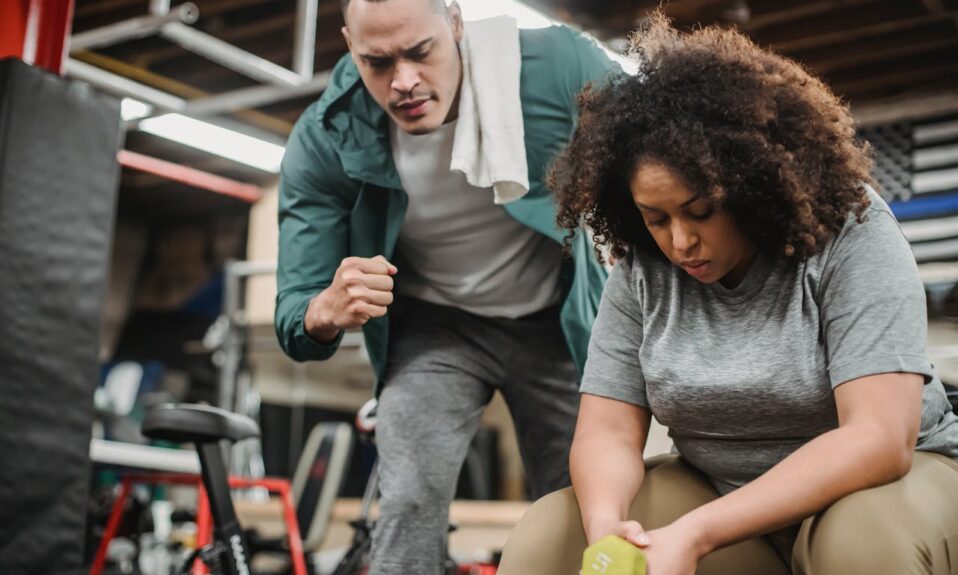Achieving greater flexibility can have a tremendous impact on your overall physical performance and well-being. In this article, we will discuss three powerful ballistic stretching exercises that can help you boost your flexibility. These exercises are designed to increase the range of motion in your joints and muscles. They are advanced stretching techniques that can help you achieve greater flexibility in a shorter period of time. By incorporating these exercises into your regular routine, you can improve your athletic performance, reduce the risk of injury, and enhance your overall flexibility.
What is Ballistic Stretching?
Ballistic stretching involves using the momentum of a moving body or a limb to force it beyond its normal range of motion. Unlike static stretching, which involves holding a stretch for a prolonged period of time, ballistic stretching uses rapid, bouncing movements to push the muscles and joints to their limits. This type of stretching is often used by athletes and dancers to improve their flexibility and range of motion. While ballistic stretching can be highly effective, it also carries a higher risk of injury compared to other forms of stretching. It’s important to approach ballistic stretching with caution and gradually build up to more intense movements.
Here are three powerful ballistic stretching exercises that can help you boost your flexibility:
Exercise 1: Leg Swings
Leg swings are a great ballistic stretching exercise for improving the flexibility of your hamstrings, hip flexors, and adductors. To perform leg swings, stand next to a wall or sturdy object for support. Lift one leg off the ground and swing it forward and backward in a controlled, sweeping motion. Allow your leg to swing as high as comfortably possible, without forcing it. Gradually increase the height and intensity of your swings as your muscles warm up. Perform 10-15 swings on each leg, and switch to the other leg. Remember to keep your movements smooth and controlled to avoid overstretching or straining your muscles.
Leg swings can help improve the flexibility and range of motion in your hip and leg muscles. They also help to loosen up the joints and improve circulation in the lower body. Incorporating leg swings into your warm-up routine can help prepare your muscles for more intense physical activity and reduce the risk of injury.
Exercise 2: Arm Circles
Arm circles are a dynamic stretching exercise that can help improve the flexibility and range of motion in your shoulders and upper body. To perform arm circles, stand with your feet shoulder-width apart and extend your arms out to the sides. Begin by making small circles with your arms, gradually increasing the size and speed of the circles as your muscles warm up. Perform 10-15 circles in each direction, and then switch to the other arm.
Arm circles can help to loosen up the muscles and joints in your shoulders, arms, and upper back. They can also improve circulation and reduce stiffness in the upper body. Adding arm circles to your warm-up routine can help prepare your upper body for physical activity and improve your overall flexibility and range of motion.
Exercise 3: Split Jumps
Split jumps are a dynamic ballistic stretching exercise that can help improve the flexibility and strength of your lower body. To perform split jumps, start in a lunge position with one foot forward and the other foot back. Jump explosively off the ground, switching the position of your feet mid-air. Land with the opposite foot forward and immediately jump again, alternating the position of your feet with each jump. Perform 10-15 split jumps on each leg, and gradually increase the intensity and height of your jumps as your muscles warm up.
Split jumps can help improve the flexibility, strength, and explosive power of your lower body. They can also improve your balance, coordination, and agility. Adding split jumps to your workout routine can help enhance your athletic performance and improve the flexibility and range of motion in your lower body.
Conclusion
Flexibility is an important component of physical fitness that can have a significant impact on your overall health and performance. Ballistic stretching exercises can help you achieve greater flexibility in a shorter period of time, but it’s important to approach them with caution to avoid injury. By incorporating leg swings, arm circles, and split jumps into your regular routine, you can improve your athletic performance, reduce the risk of injury, and enhance your overall flexibility. Remember to warm up your muscles and approach ballistic stretching gradually to maximize the benefits and minimize the risk of injury.
FAQs
1. Are ballistic stretching exercises safe for everyone?
Ballistic stretching exercises can be effective for improving flexibility, but they carry a higher risk of injury compared to other forms of stretching. If you have a pre-existing injury or condition that affects your muscles, joints, or flexibility, it’s important to consult with a healthcare professional before attempting ballistic stretching exercises. It’s also important to approach ballistic stretching with caution and gradually build up to more intense movements to reduce the risk of injury.
2. How often should I incorporate ballistic stretching exercises into my routine?
It’s important to listen to your body and adjust your stretching routine based on your individual needs and goals. If you are new to ballistic stretching, start by incorporating these exercises into your routine 2-3 times per week and gradually increase the frequency as your flexibility improves. It’s also important to balance ballistic stretching with other forms of stretching and strength training to achieve a well-rounded fitness routine.
3. Can ballistic stretching exercises help improve my athletic performance?
Yes, ballistic stretching exercises can help improve your athletic performance by increasing your flexibility and range of motion. By incorporating these exercises into your regular routine, you can improve your agility, balance, and coordination, which are essential for many sports and physical activities. However, it’s important to approach ballistic stretching with caution and gradually build up to more intense movements to avoid injury.
4. How can I avoid injury when performing ballistic stretching exercises?
To avoid injury when performing ballistic stretching exercises, it’s important to warm up your muscles and gradually build up to more intense movements. Start with slower, smaller movements and gradually increase the speed and intensity as your muscles warm up. It’s also important to listen to your body and stop the exercise if you experience any pain or discomfort. It’s essential to approach ballistic stretching with caution and avoid overstretching or forcing your muscles beyond their limits.
5. Are there any alternatives to ballistic stretching exercises for improving flexibility?
Yes, there are many alternatives to ballistic stretching exercises for improving flexibility, including static stretching, dynamic stretching, and yoga. It’s important to explore different stretching techniques and find the ones that work best for your body and fitness goals. It’s also important to listen to your body and choose stretching exercises that feel comfortable and effective for you.





